The Ars Electronica Center
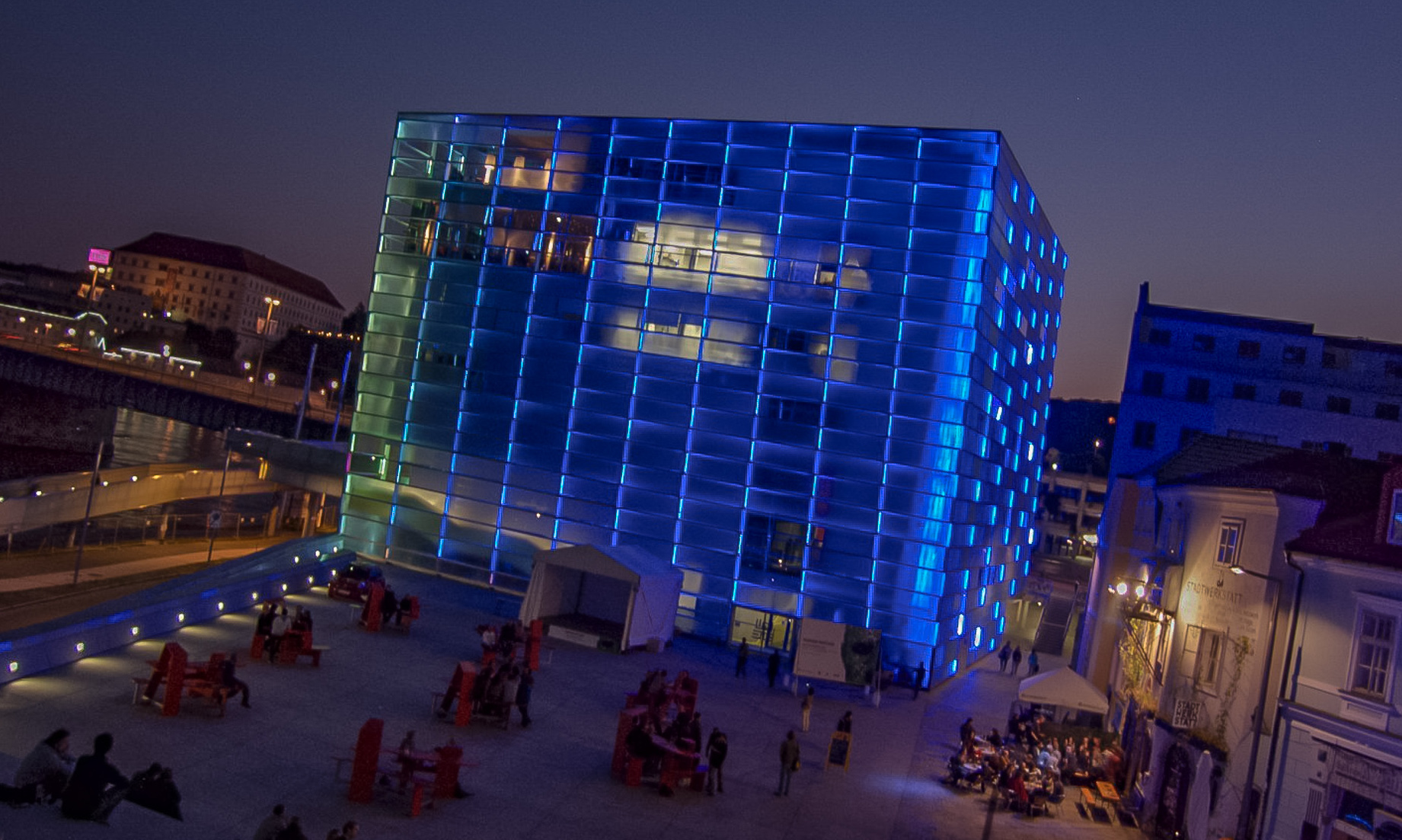
The Ars Electronica Center in Linz, Austria saw its influence expand greatly back in 2009, interactivity and human appendages-as-input devices were all the rage, and people were actually working hard at realizing the future and making profoundly cool and interesting and unique experiences that revolved around gestural interaction with digital devices or within digital environments. This was largely an outgrowth of the first iPhone which had just been released (en-masse) about a year earlier.
It’s as if everyone wanted didn’t want to work hard until Apple did it first and then once Apple did it…everyone hopped on the multi-touch train and claimed it was easy. Even I did. And it wasn’t easy.
Remember where you were when this happened?
That’s right, I built a giant multitouch wall into a sun porch and it worked for all of one evening before my code crashed, but hey, I can say I did it, and I can also say it got me nowhere in my career. But at least I learned that I was capable of great things even if only I recognized that fact.
But I digress…
The Ars Electronica Center is a “Museum of the Future” based in Linz, Austria that had recently undergone a major renovation with a completely new building. It had always focused on the interactive art world but around 2007 it became an absolute Mecca for this sort of thing as iOS paved the way for a ton of development in the non-qualified interactive experiential space. Before I continue, what I mean by “non-qualified” is the notion of activated spaces or objects. These are/were things that required nothing more than your presence to activate, so there was no need to own a device to initiate an experience (like an iPhone for example).
And I loved that sort of thing, so I went there.
Oh, one more thing before we continue: These photos were taken back in 2009 using what was then, a very good compact camera, the Canon PowerShot S70, but we’ve come a long way, and its lack of image stabilization megapixel count, dynamic range, and slow aperture will be evident in the media going forward. I hope to return to the AEC at some point, and will update with fresh images and video then.
Going to Linz was the first international trip I had ever taken by myself anywhere in my life. As a young lad, my family had visited England, Mexico, and Canada, but that was easy and safe and I was a kid and naive, not an adult…and naive, so there was a slight learning curve on my first visit to a country where English wasn’t the norm. I had a feeling I would be a dumb American tourist. I was. I got things wrong, but it was still an incredible-if-short time.
I was only there for about three days (or two?) and this is pretty much how it went.
You start by flying from ‘Merca to Frankfurt AM Main, a major hub in the European Union. It’s worth noting that western culture has taken over the world as I was in the heart of frickin’ Germany and the music playing in the airport terminal was Busta Rhymes. From Frankfurt AM Main, you then find your way on little planes to other parts of the continent, in my case, a puddle jumper to Linz’s local airport, teensy, but very nice.
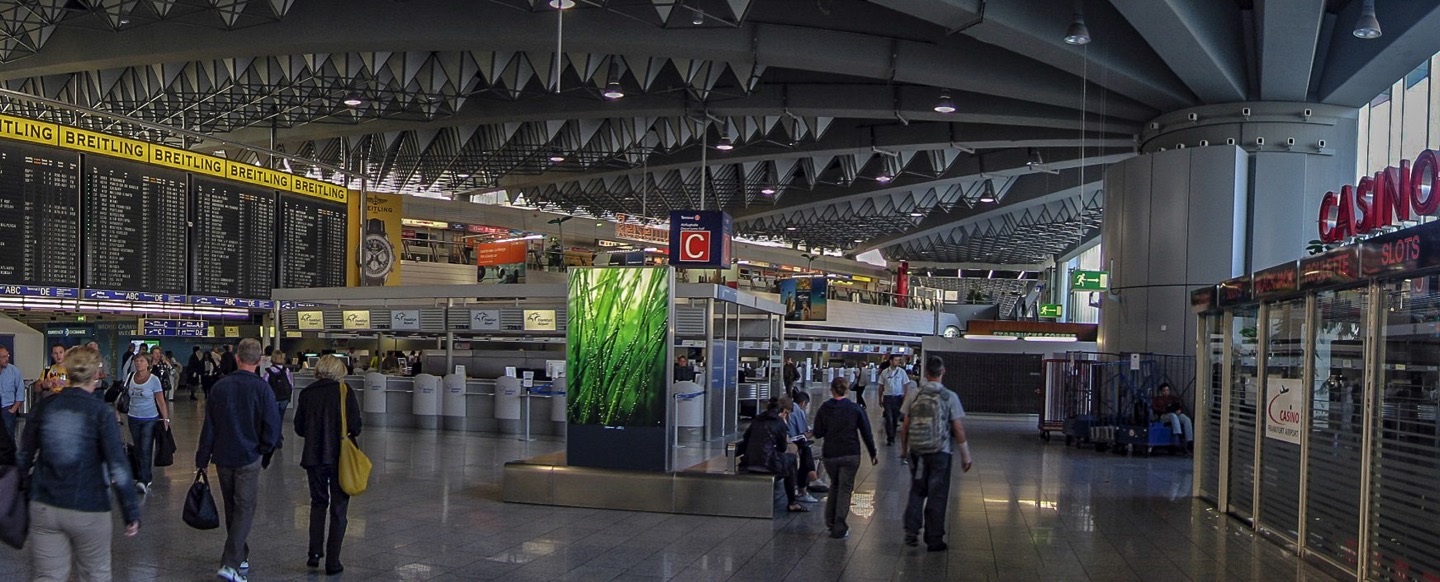 Inside Frankfurt AM Main (FRA)
Inside Frankfurt AM Main (FRA)
[metaslider id=”1794″]
In that little airport, you’re going to want to pull some euro’s out of the ATM because there’s a bus you have to get on to take you into Linz proper, and the driver may or may not be multi-lingual. It’s best to ask the tourism guide in the airport terminal (who probably is) how much the fare is for the bus.
[metaslider id=”1802″]
The bus takes you to the main train station in Linz and from there, you hop on a trolley (is that what they call them?) that runs the length of Linz, and is free…much like the monorail at Walt Disney World. Your stop is the “Hauptplatz” which is the central square in Linz. It’s a lovely spot and I wish I had had more time to explore it…especially one bar/restaurant that had a rather amazing all wood interior.
[metaslider id=”1806″]
I stayed at a hotel in the square called the Wolfinger. It was clean and comfortable, and the front desk attendant was an elderly gentleman who spoke perfect English and had a deep resonant baritone voice I’ll never forget.
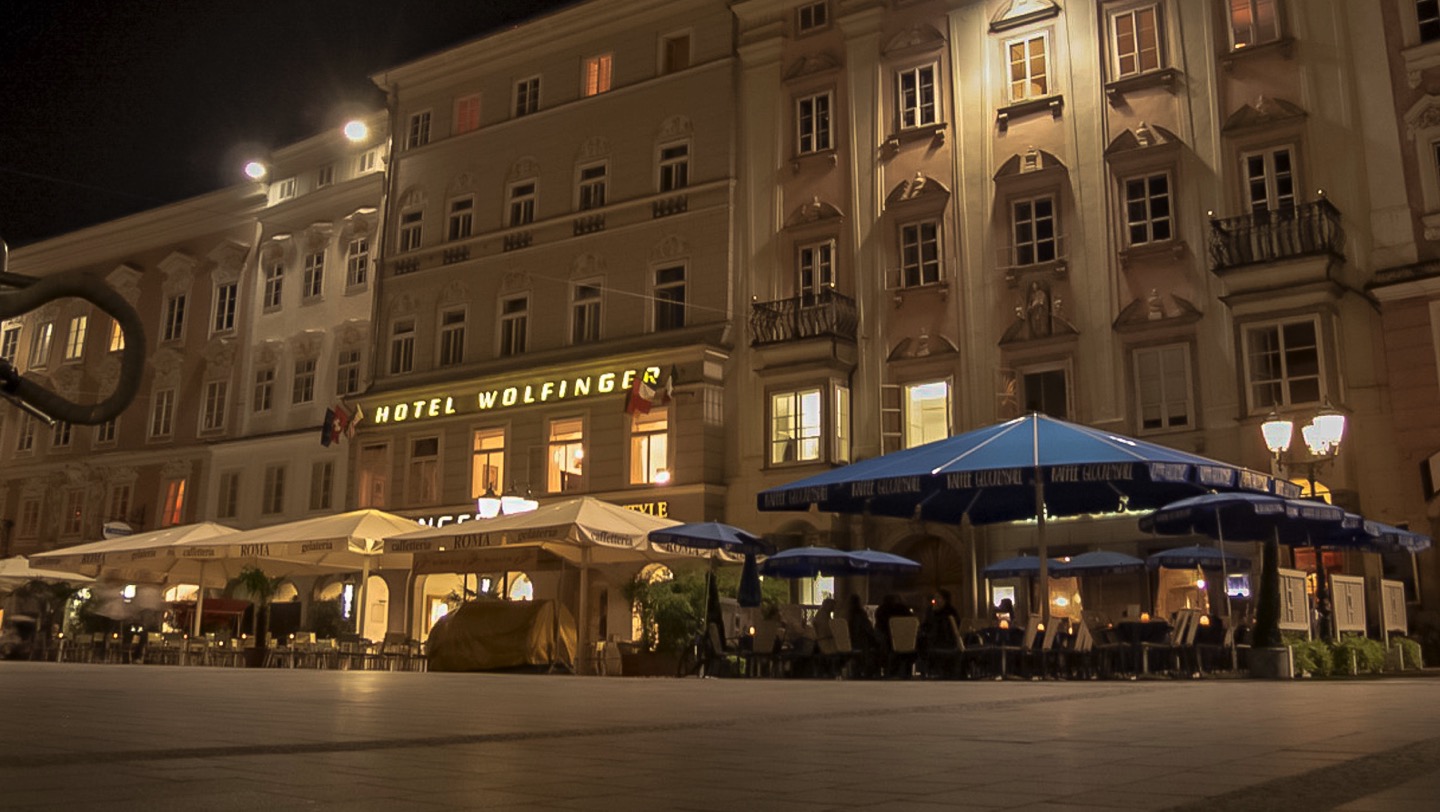

It also had a great vintage elevator. So with check-in all taken care of, I needed to find lunch, and sure enough, I found the Klosterhoff biergarten. It was outdoors, and it was where I had my first Steigl, a quite nice lager. The food was good too, although my card got declined and trying to sort things out was a bit difficult.
 The Klosterhoff
The Klosterhoff
One thing I noticed wandering the streets of Linz, was the odor of diesel fumes coming from all the cars which, despite not clogging the streets, portended the fact that diesel was never going to meet emissions standards in the US. Despite being pitched to America as the answer to fuel economy woes, there was no way these things burned clean, and yeah VW got caught. If you’ve been anywhere in Europe, you know what I’m talking about. Their emissions rules are very lax.
Now, on to the Ars Electronica Center!
The building itself made use of a myriad of RGB LED light bars that sync’ed up in a variety of patterns and designs that were cool to watch at night from across the Danube river, and I noticed that it was a popular spot for couples to go for dates.
[metaslider id=”1822″]
A little further up the river was a notable art museum that made similar use of LED lighting, although it stuck to a singular changing color, and not interesting, unique, or bizarre patterns.
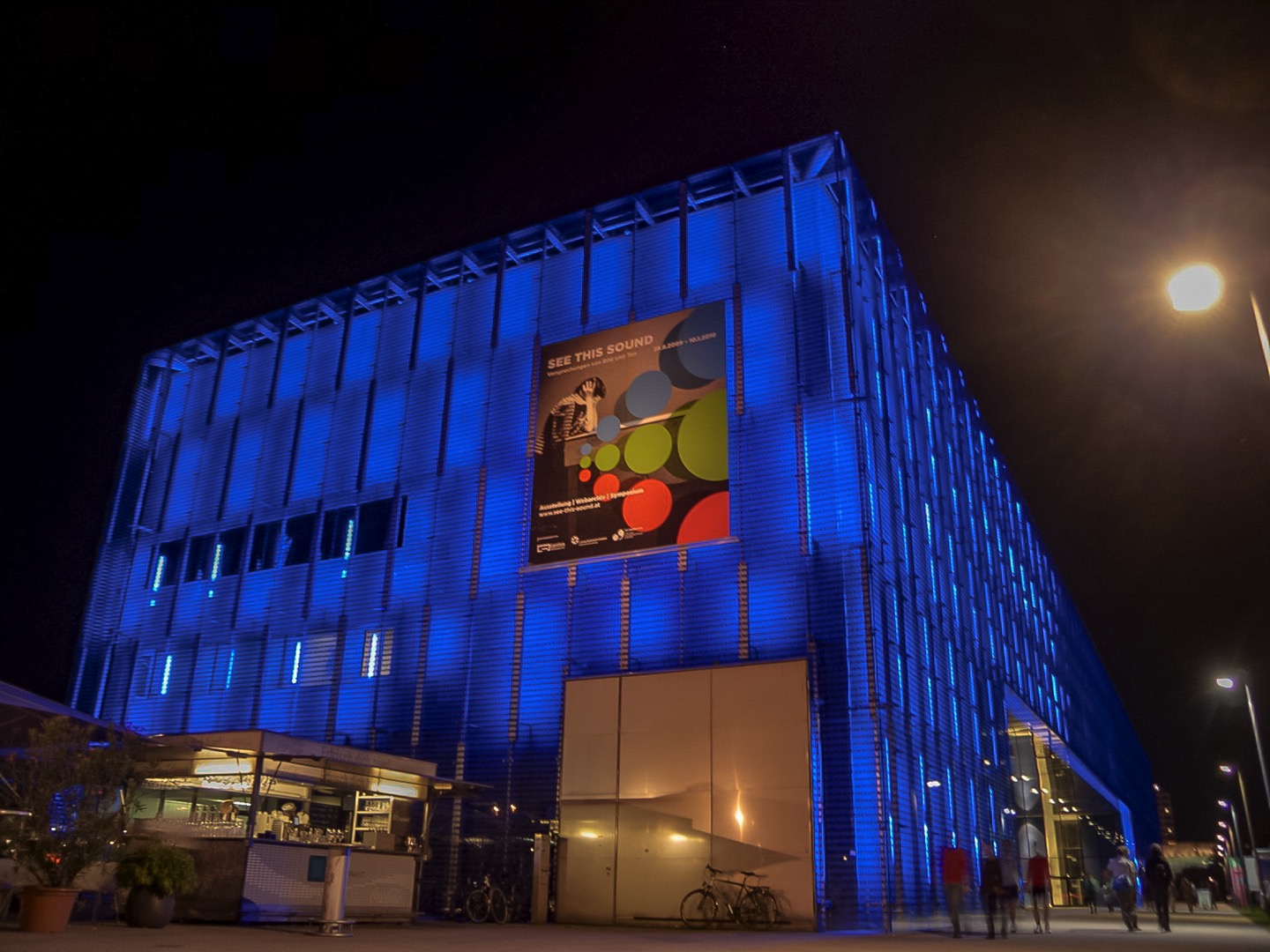
Upon entering the museum I was presented with a grand atrium that did a good job of hiding the other rather large interior spaces within that house exhibits.
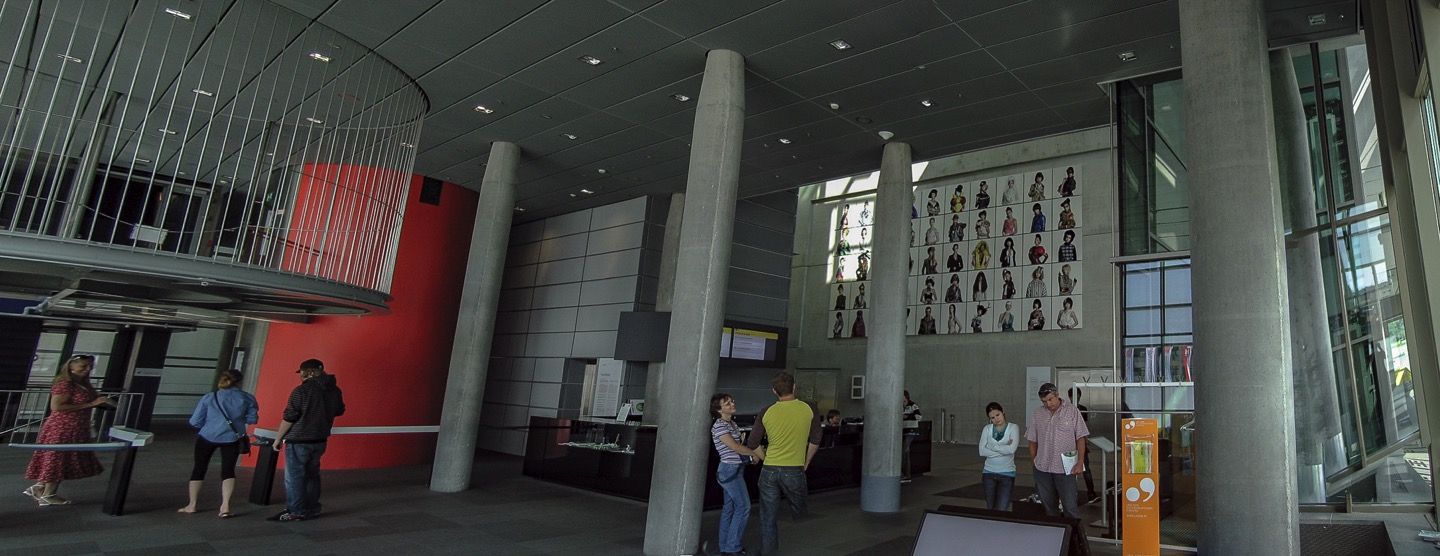 The lobby of the Ars Electronica Center
The lobby of the Ars Electronica Center
[metaslider id=”1834″]
After purchasing admission, I had to walk through one of the stranger and somewhat unsettling turnstiles I’ve seen. Rather than being the usual rotary turnstile or bar doors, it was some sort of bladder mechanism similar to those found in the butts of the novelty tarantula toys we won at local fairs and amusement parks as children. It also made a rather jarring noise when expanding and retracting. Look at this thing…
Below are a few pictures:
[metaslider id=”1838″]
One piece that I was particularly excited to see was Absolut Quartet, an incredible proof-of-concept that took the viral Animusic videos from the 2000-2001 and made an actual functioning fully automated music machine which played notes by launching ping-pong balls onto tone bars.
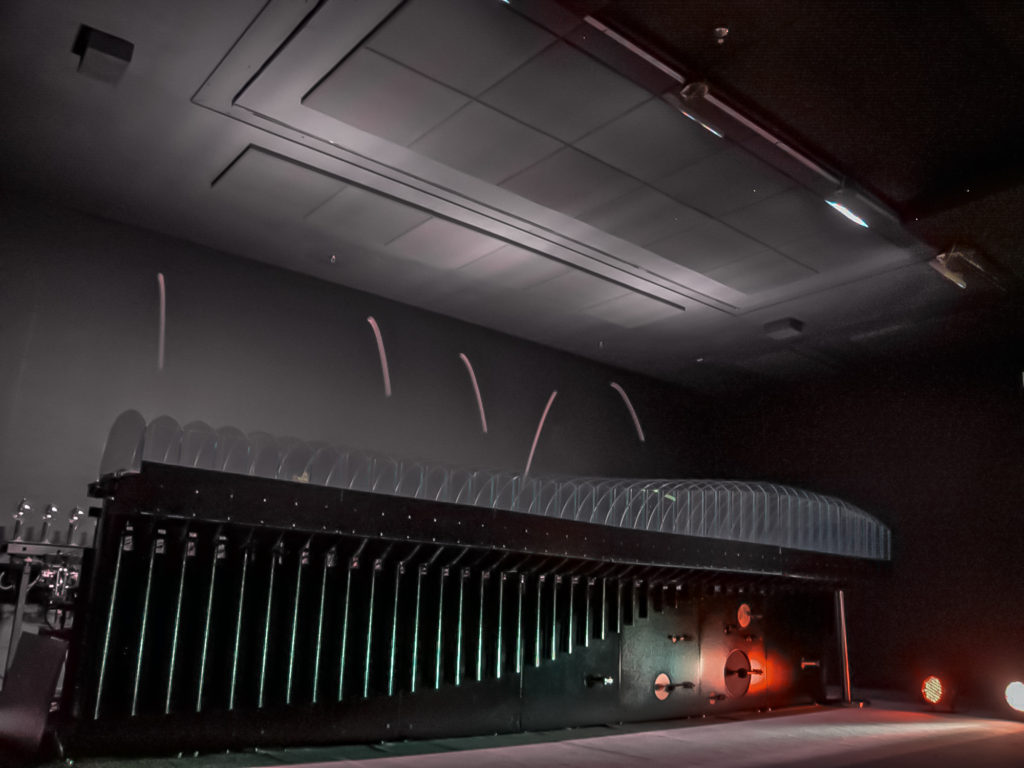
It also had a percussion system as well. Visitors to the museum could program a song into it to play, and the docents joked about about few people had enough of a grasp of music theory to actually output anything worth listening to. Visitors on the web could also watch a live stream and program it as well.
There was also this thing, Hiroo Iwata’s Media Vehicle which looked profoundly claustrophobic. From the looks of things, at one time, you got in it, closed yourself off to the world, and drove around relying solely on cameras. It wasn’t in the best condition so I think it may have crashed often. Note to the Ars Electronica Center: vehicle maintenance is important. It would be great to see this roll once again.
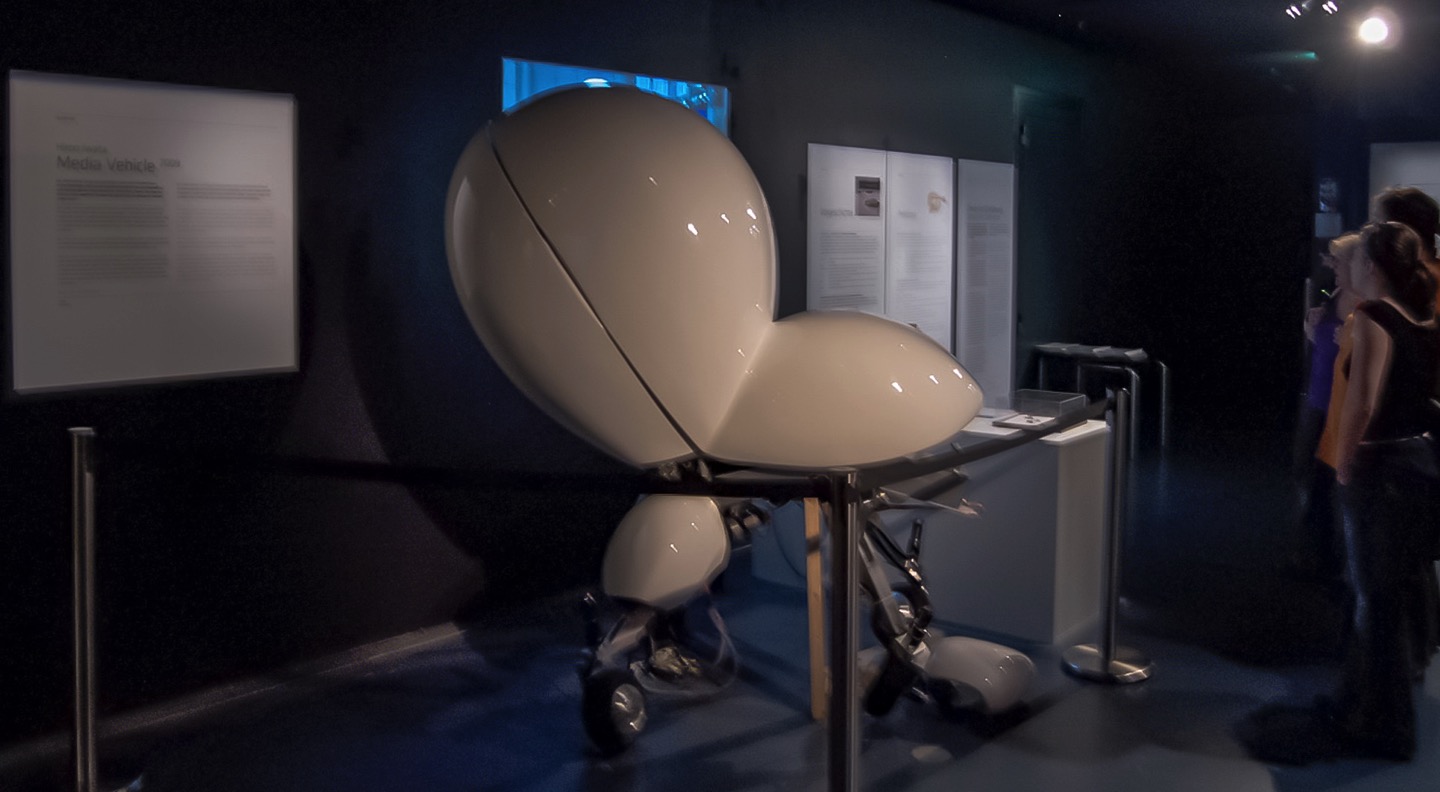
Moving downstairs were a couple of interesting exhibits. One was this semi-autonomous (i.e. “AI”) animatronic called “Geminoid” which was, let’s be honest, super pissed off-looking, although I doubt that was the intent. Geminoid was capable (from an AI standpoint) of basic motor functions, in that it was randomly moving around in terms of where it was looking and when it might twitch or shift in its chair. In a loft space nearby and above Geminoid, visitors could dawn a headset and operate his head. A camera tracked your jaw movement for Geminoid to mimic (to a limited degree) and of course, the visitor’s words came out of its mouth.
[metaslider id=”1852″]
Two other exhibits I remember were A) one related to agriculture, and then another related to the notion put forth that computers are worthy of being considered artists themselves. An arrangement of 3D printed items were on display and the argument was that the artifacts left on the 3D printings constituted organic imperfections that were the computer’s interpretation of what the final object should look like. Interesting, right?
One thing about the Ars Electronica Center that was just wonderful, was that it seemed that anything and everything innovate seemed to pass through it and be on display at one time or another. It was (and is) a world class museum, just nestled in the Austrian countryside. I’m throwing in this brief sidenote here to strongly encourage anyone and everyone to plan a trip there. It’s totally worth it.
Then of course there was also some clever articulated art created by humans, including one of Arthur Ganson’s Machines with Concrete. I thought it to be quite interesting and prided myself on having traveled thousands of miles to see it, until I wound up seeing it again at the Exploratorium in San Francisco a couple of years later…which is much closer to where I live. So if this sort of thing interests you and a passport or international flight isn’t in the cards, just know you don’t have to go all the way to Ars Electronica to see it. I realize in the paragraph above I just told everyone to go to Ars Electronica, and now I’m sort of back pedaling, but I’m also just trying to be realistic as to just how much influence I have over your vacation planning decisions.
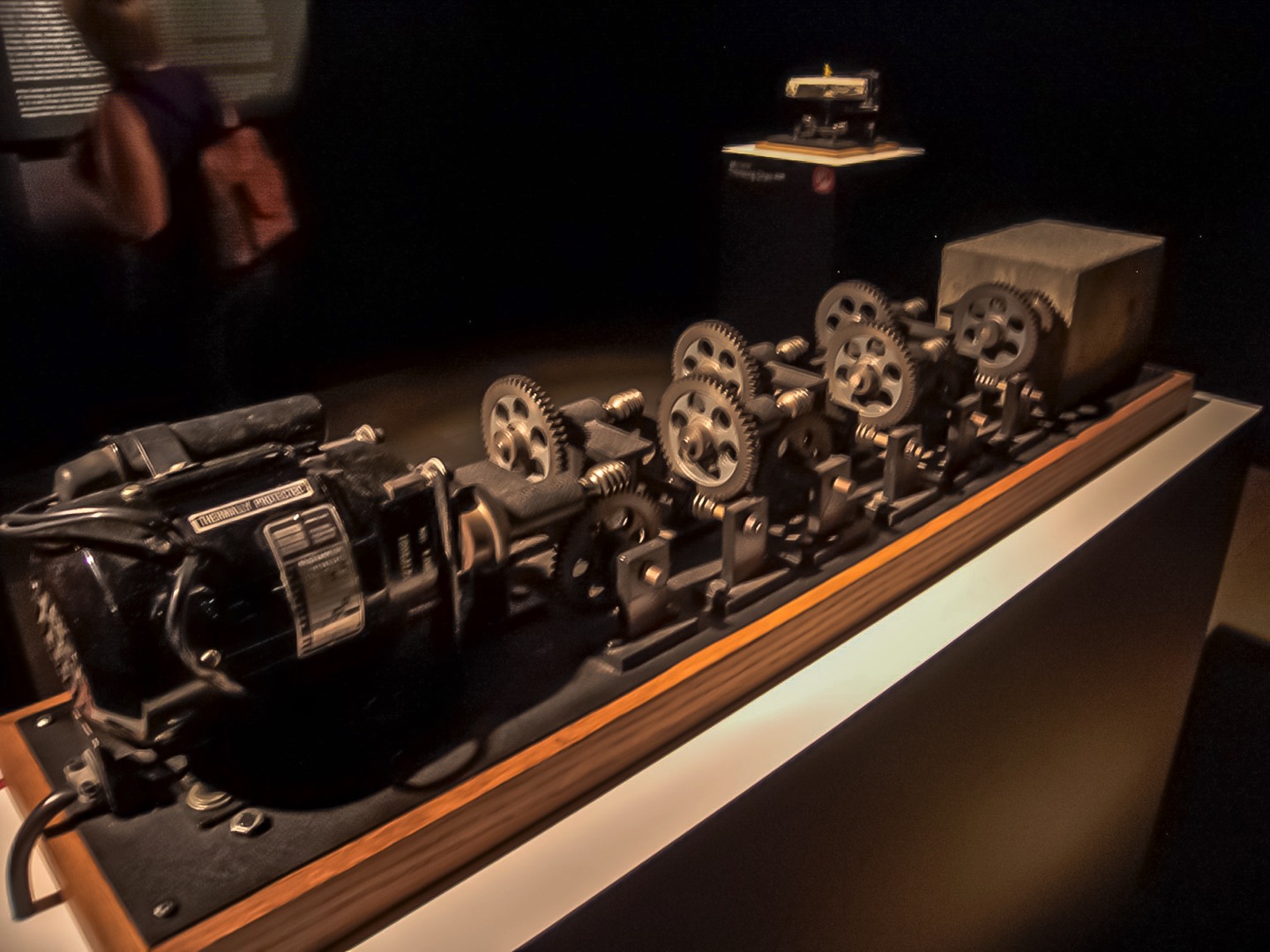
I spent the next day wandering around Linz a bit and loved the fusion of futuristic architecture with old world gothic. I found one church that wasn’t doing all that great in parts, and a cannibalistic wasp eating another outside which really had me wondering if perhaps something negatively spiritual was going on here.
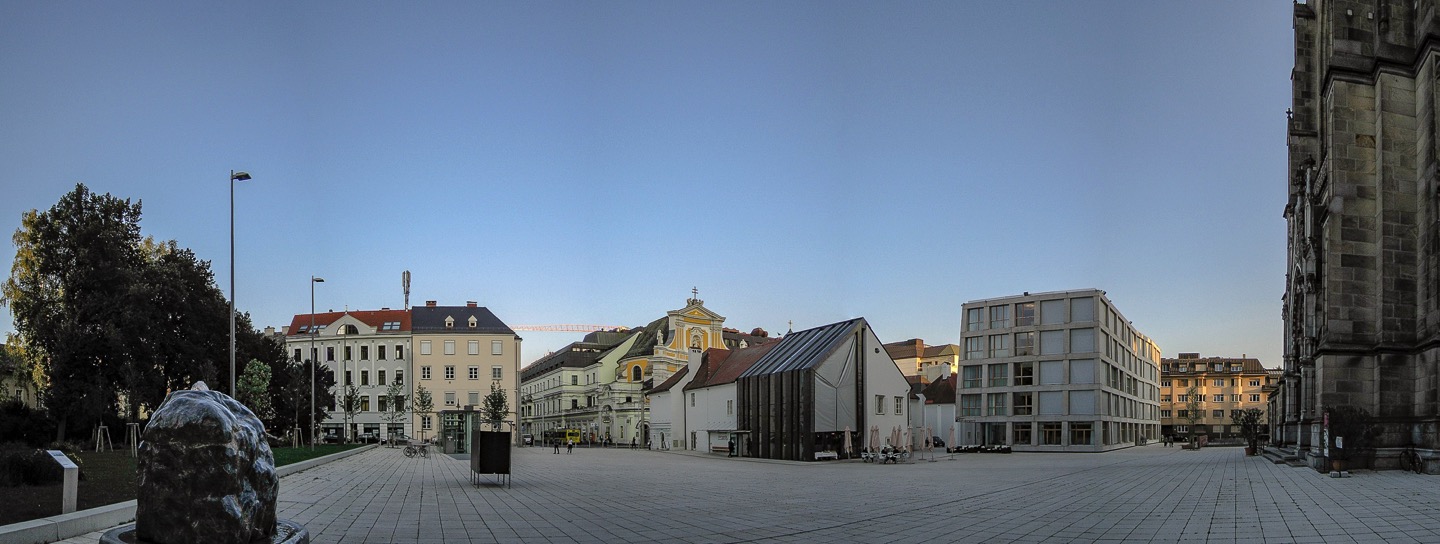
[metaslider id=”1855″]

Those were my two days in Linz and the Ars Electronica Center. Remember how I talked about Busta Rhymes was playing in the Frankfurt Airport? On my connecting flight from Linz back to Frankfurt, an Austrian lady was rocking the at-the-time-trendy Kate Gosselin hairdo.
I didn’t put any pics in the hi-res gallery for the simple reason that none of these had the resolution or dynamic range necessary to take advantage of it.
